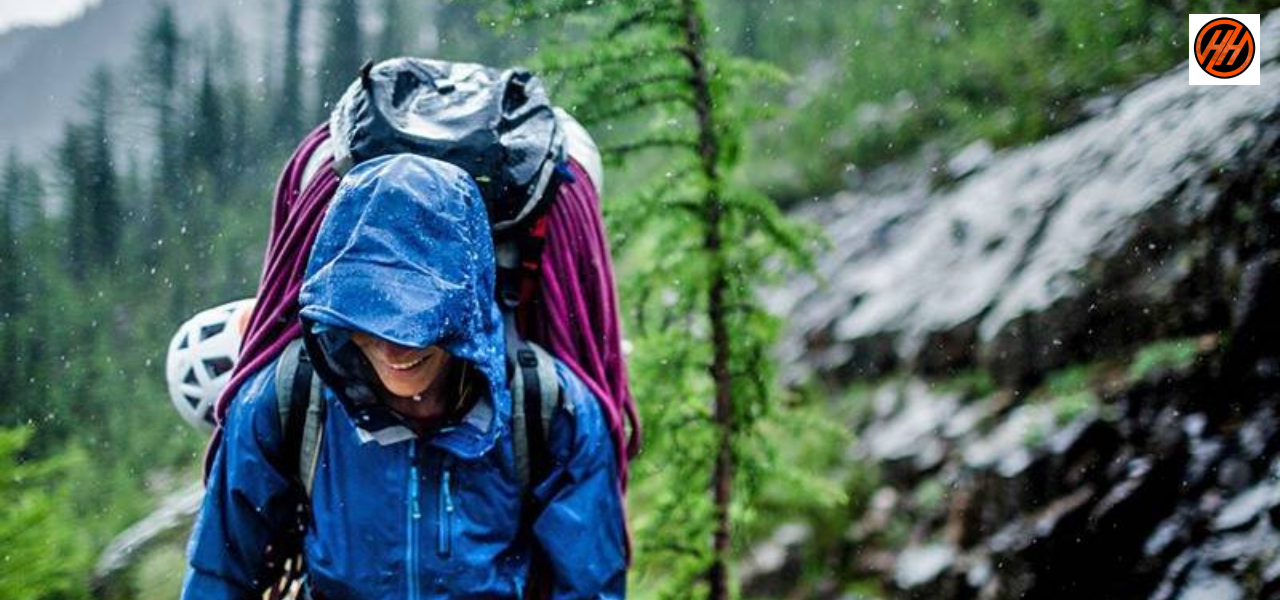
No Shortcuts to Safety: Trekking Guidelines You Can’t Ignore
Important Safety Trekking Guidelines for Trekkers
Before the Trek
- Follow Company Rules – Abide by all trek policies, safety protocols, and instructions given before and during the trek. These rules exist to protect you and your team.
- Listen to Your Guide – Your trek leader and guides know the route, weather conditions, and potential hazards. Follow their directions without hesitation or argument.
- Stay with the Group – Never leave the team or take shortcuts, even if you believe you know the way. Staying together ensures everyone’s safety.
- No Panic, No Rushing – During heavy rain, slippery paths, or emergencies, remain calm. Move slowly and in an orderly fashion. Rushing can lead to accidents.
- Pay Attention to Emergency Signals – Whistles, hand gestures, or verbal calls from your guide carry important instructions. Stop immediately and listen.
- Respect Nature – Avoid disturbing wildlife, do not litter, and protect the environment. Leave no trace of your visit.
- Be Weather-Ready – Carry waterproof gear, warm layers, and extra clothing. Weather in the mountains can change quickly.
- Hydrate and Eat Regularly – Keep your energy levels up to avoid fatigue. Carry adequate water and snacks.
- Know Your Limits – Do not overexert yourself. Inform your guide if you feel unwell or exhausted.
- Carry Essentials – Always have a small first-aid kit, flashlight, and any personal medication in your backpack.

During the Trek
-
Stay With the Group – Never wander off alone.
-
No Shortcuts – Stick to the marked trails.
-
Move Carefully – Avoid rushing, especially on slippery paths.
-
No Panic – Stay calm during emergencies or sudden weather changes.
-
Observe Signals – Listen to whistles, hand signals, or verbal instructions from the guide.
-
Hydrate Regularly – Drink water frequently, even if not thirsty.
-
Eat Properly – Keep your energy up with light snacks.
-
Use Trekking Poles – Helps with balance on difficult terrain.
-
Avoid Risky Areas – Steep edges, loose rocks, or fast-flowing streams.
-
Respect Wildlife – Do not provoke or feed animals.
Weather & Terrain Safety
-
Carry Waterproof Gear – Jacket, backpack cover, and rain boots if needed.
-
Layer Your Clothing – Prevent hypothermia in cold or wet conditions.
-
Avoid Low Areas During Rain – Flooding risk.
-
Be Cautious with Lightning – Stay away from isolated trees or high points.
-
Check Trail Conditions – Mud, rocks, and ice can be hazardous.
-
Keep Electronics Protected – Use waterproof pouches for phones, GPS, and cameras.
Behavior & Team Safety
-
Communicate Openly – Inform your guide if you feel unwell or tired.
-
Help Others – Support fellow trekkers who need assistance.
-
Leave No Trace – Carry trash back, do not litter, and protect the environment.
-
Stay Positive & Alert – A calm, focused mind reduces accidents and ensures a safe, enjoyable trek with Himalayan Hikers.
